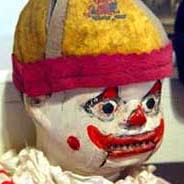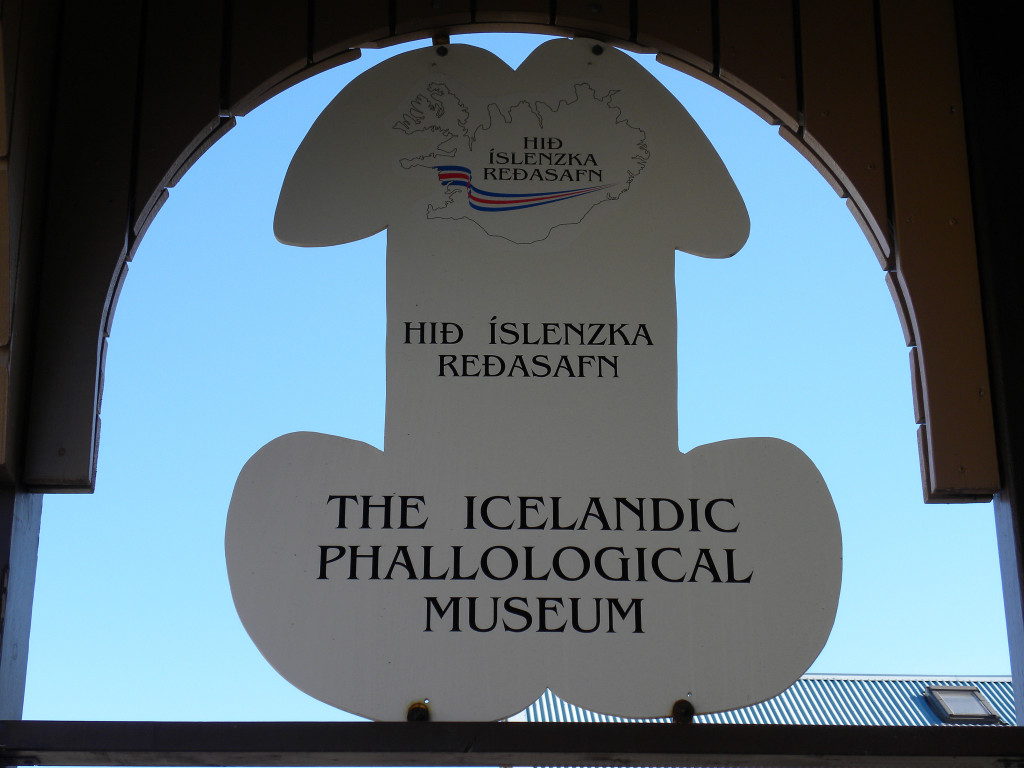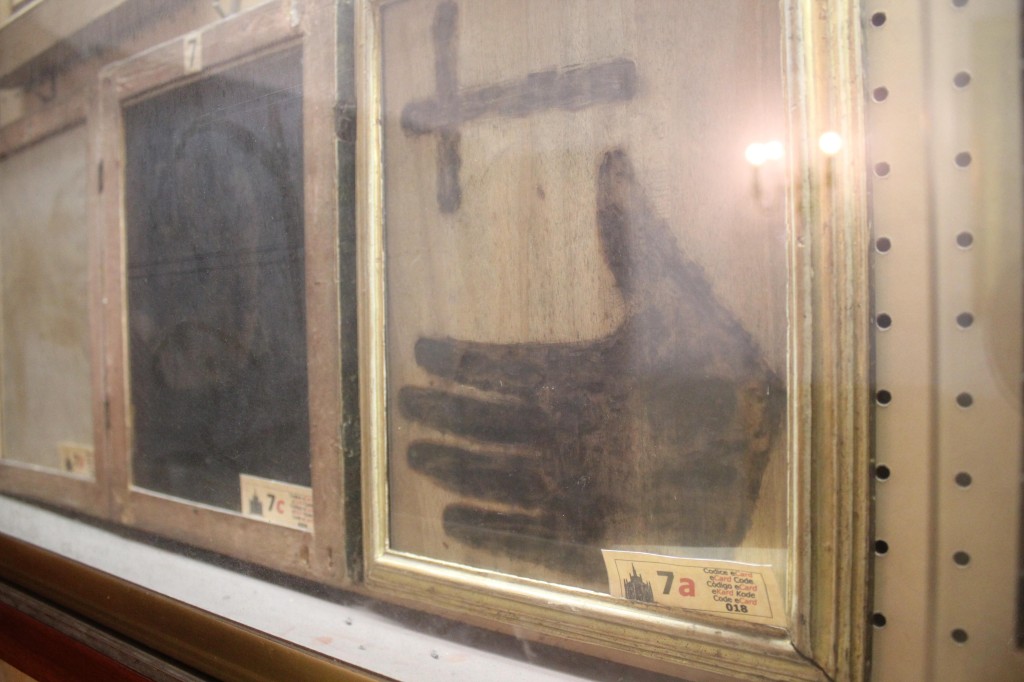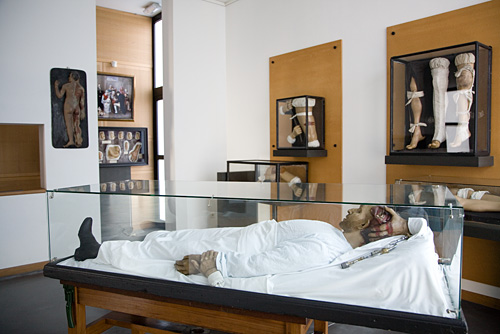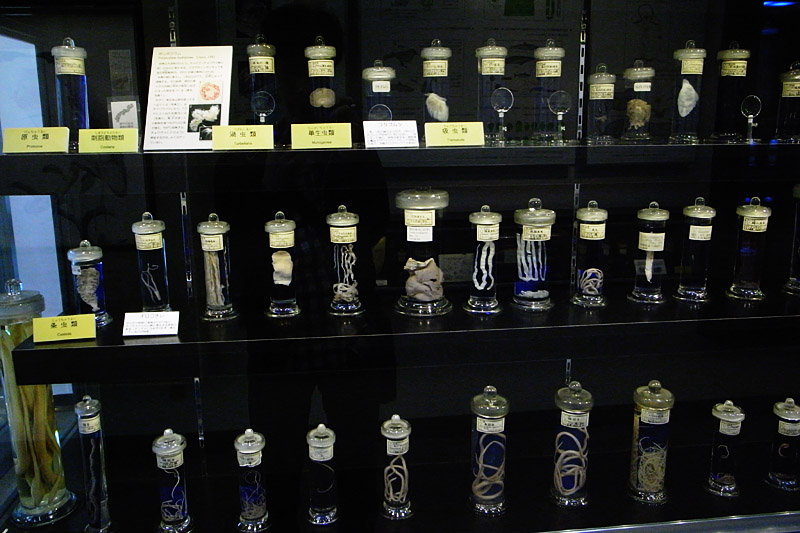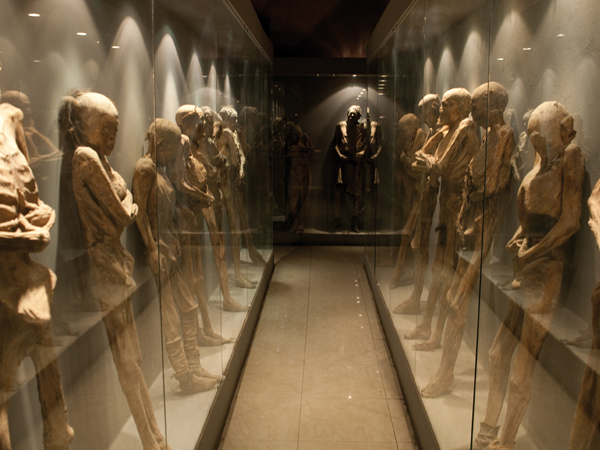Museums are typically places where large collections of artwork, artifacts, and historical items are kept. Subjects range from cultural, scientific, artistic, historical, and so on.
Sometimes, though, a museum can be entirely different than what you’d imagine: scary. Not just a little bit scary, but plain old nightmares for the rest of your life, scary. These places are scary for different reasons, some because of the specimens while others harbour our greatest fears.
Forget human triumph. Welcome to the creepy world of scary museums, all disturbing in their own glorious way – visit at your own risk!
London Dungeon, UK
photo by SpirosK
Torture devices anyone? Nothing completes your day more than to wander around a museum filled with devices that were once used to torture people, but on top of this, they added an area where actors will scare you half to death! So take a stroll back to the scary time that was the Middle Ages.
The London Dungeons – Get Info and Deals on daytripfinder
Icelandic Phallological Museum, Husavik, Iceland
photo by Jason Paris
A small place Iceland, but they have the largest display of the male member. Their mission statement is: “Individuals to undertake serious study into the field of phallology in an organised, scientific fashion.” They have a collection of 280 specimens from 93 species. They did obtain their first human specimen, but the preservation process did not go according to plan, so they are on a look out for a good fit in their museum. There’s something scary about seeing all these chopped off nether regions in jars or on display, no?
New Haven Ventriloquist Museum, Kentucky, USA
photo from tafter.it
Somewhere in a quiet street in Kentucky USA is a place filled with rooms of over 700 silent, ventriloquist dolls. This is the world’s largest collection, and though some people don’t mind the dummies, others find them plain scary.
Kunstkamera, St. Petersburg, Russia
photo by nileguide.com
This museum was Russia’s first museum, created by Peter The Great in 1727. Though the main purpose was a scientific one, to help discover things in the world, it contained many oddities. The collection includes many preserved deformed animals and fetuses, which started out as Peter’s personal collection of his interests (how many people you know today collect deformed humans and put them in jars?). The museum was to encourage research of deformities as well as debunk the superstitious fear of monsters in the Russian population and to modernize their understanding of the world. He even issued a mandatory collection of all deformed or stillborn babies in order to add to the museum.
The Purgatory Museum, Rome, Italy
photo by André Luís
Do you believe in ghosts? Are you at all superstitious? Though religion often shuns anything supernatural, this museum is a place of contradiction. On one hand, it is a religious setting, but what it exhibits is completely supernatural: souls that come back from the purgatory and haunt this world. There are cases of examples of what a purgatory being left behind after scaring the life out of the living, notably full hand prints and scorch marks in books and clothing.
Musée de la Médecine, Brussels, Belgium
photo by Joanna
This museum offers the world of science through art (medical wax museum). You will find all the worst imagined examples of disease, dissections, early medical procedures and apparatuses. To top it off, make your way to the Spitzner collection, where you will see thing they did not warn you about in sex education: over 300 models exhibiting all of the horrific effects of STDs.
Musée Fragonard, Paris, France
photo by Marc Kjerland
Honoré Fragonard (1732-1799) was the mad mastermind behind this museum in France. This museum consists of many anatomical oddities and dissections, mainly of animals, since the museum is located within one of the world’s oldest veterinary schools. Now why is this place so ghoulish? Oh yes, Mr. Fragonard was the first professor of anatomy from 1766 to 1771, but was dismissed for being “mad”. In his time there, he prepared over 700 creations from cadavers of mainly animals, but also some freshly dead humans. His recipe for his preservation of freshly skinned cadavers remains a mystery. Unfortunately, only 21 of his gory creations remain, which you can check out at this museum’s final room.
Meguro Parasitological Museum, Tokyo, Japan
photo by scyllarides
Over 300 specimens of parasitic species. If this doesn’t make your skin crawl, than how about the world’s largest preserved specimen of a 30 foot tapeworm removed from a person who ate sushi? Disturbing, but the horrible critters will not hurt you, they are well preserved. To top it off, you will find some pictures of the effects the different parasites have on their hosts, lovely.
Salmon roll anyone?
El Museo De Las Momias, Guanajuato, Mexico
photo by gtoexperience
Las momias aka mummies, on display. Many of whom were naturally mummified during a cholera outbreak around the area in 1833. Others appear to be disinterred between 1865 and 1958, ending up there because of a hefty burial tax that people could not afford. Relatives either had to pay up or dig up their relatives and place them elsewhere, and they chose this eerie place. Some of the mummies had terrible expressions on their faces because during the cholera outbreak, some were buried alive! The mummies are arranged in a disturbing manner, and look like they might reanimate at any moment.
Torture Museum, Amsterdam, Netherlands
photo by Sandeep Singh
Need a little reminder of how much better life is in the present? This museum will do the job! Filled with various torture devices and pictorial representations on how they were used (it does not look pretty!). Pair this with the London Dungeons, and you would never considering traveling back in time.
